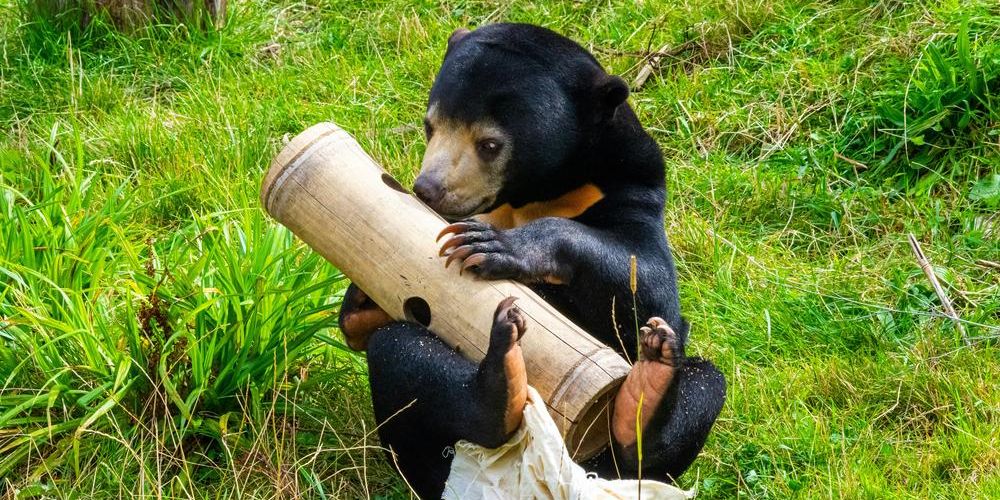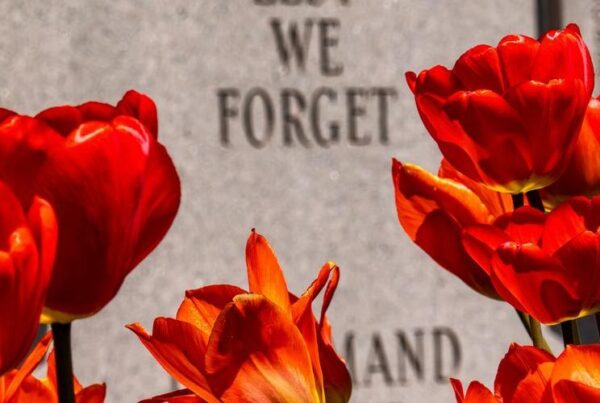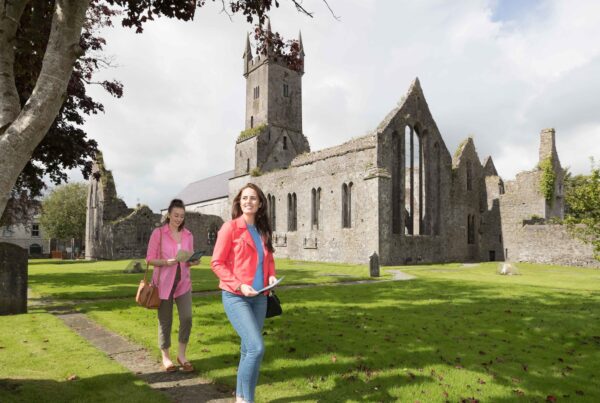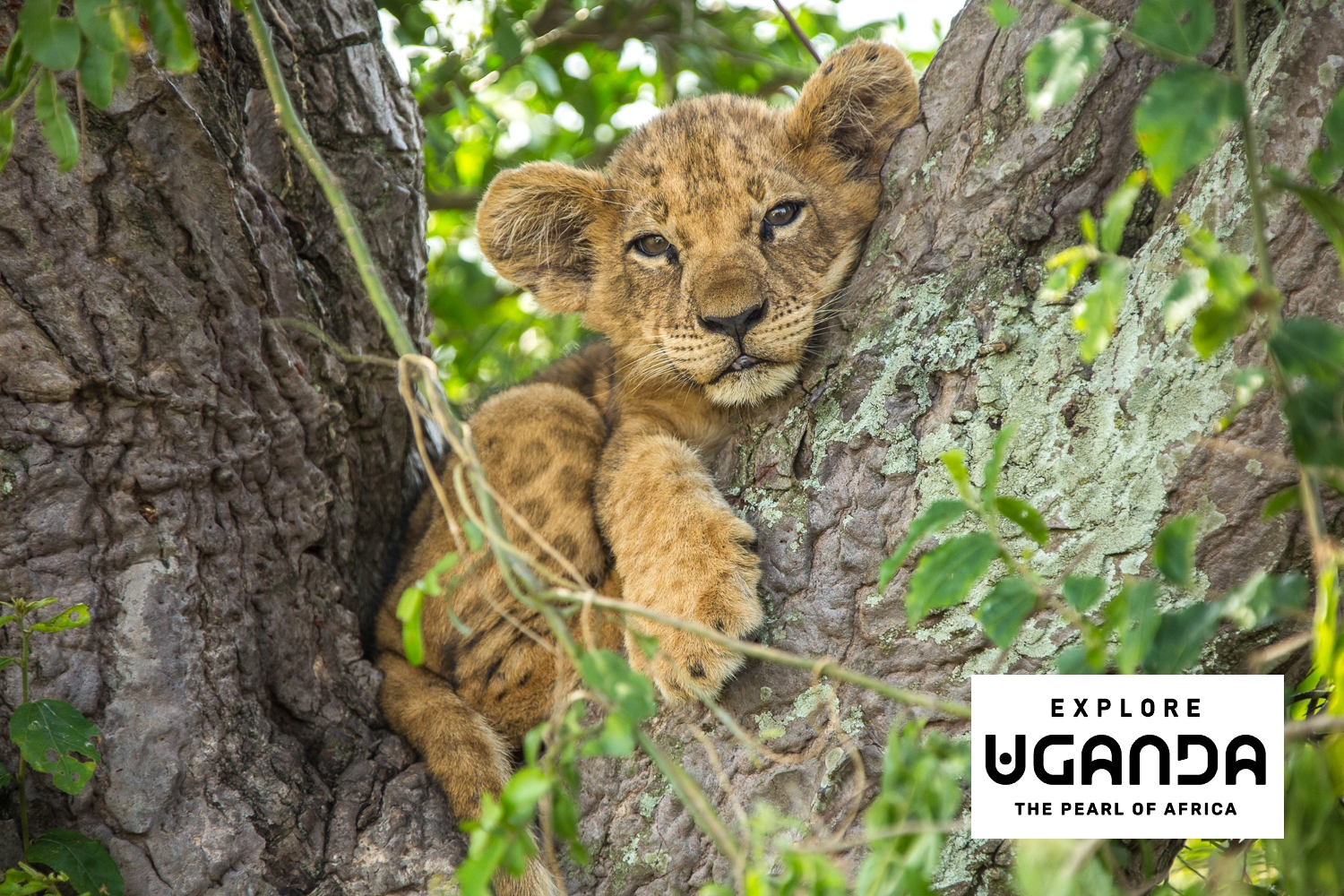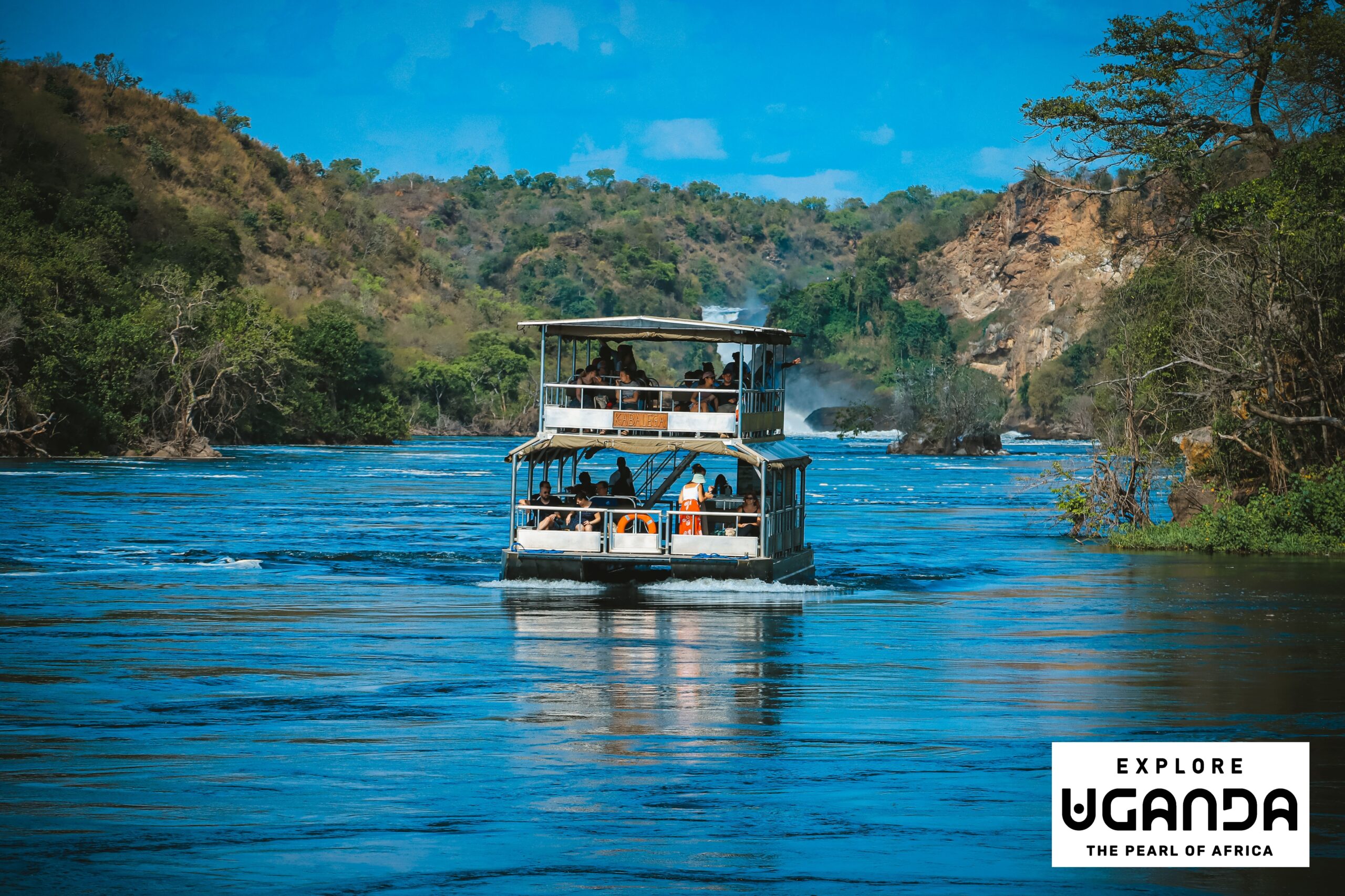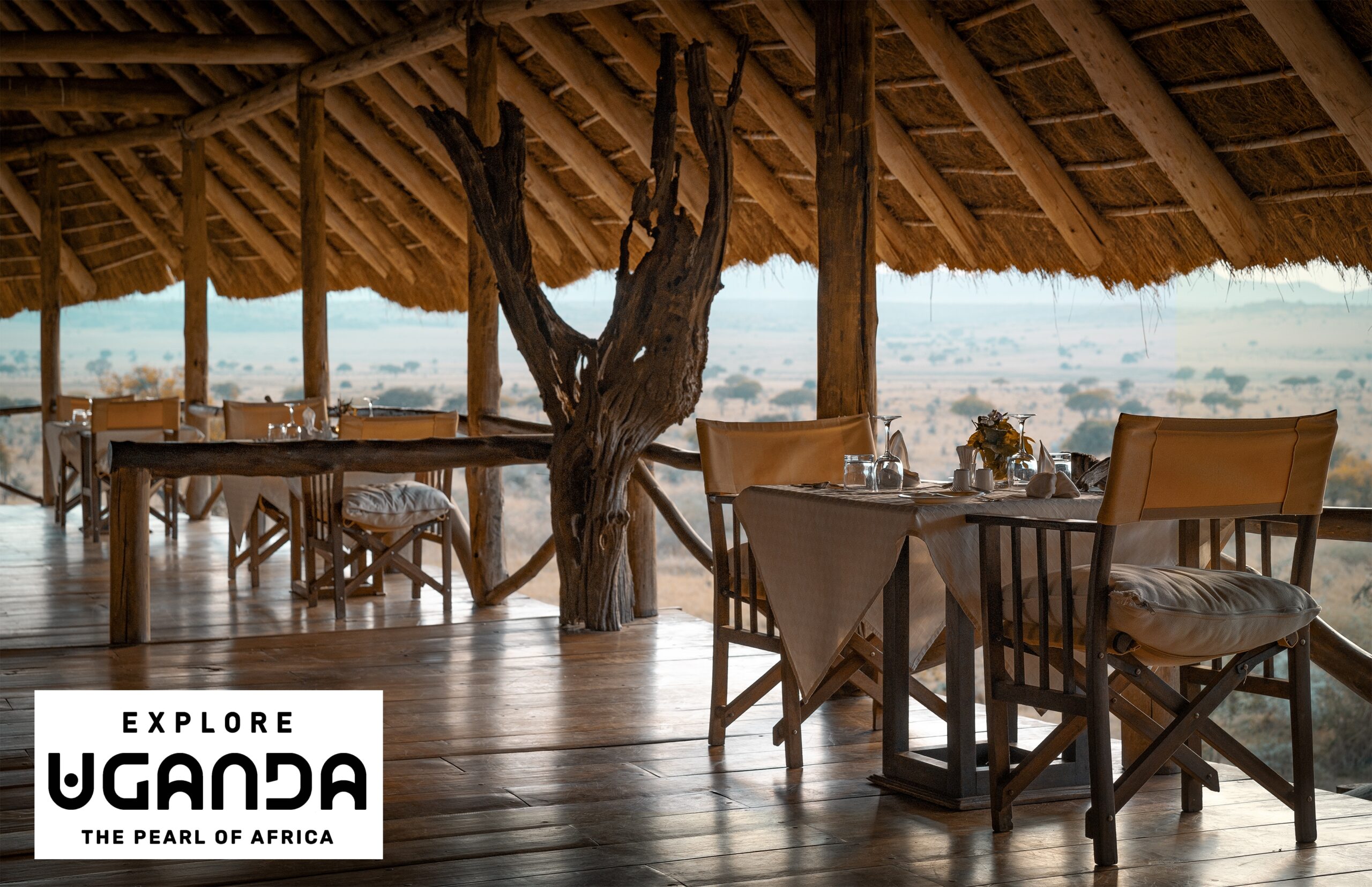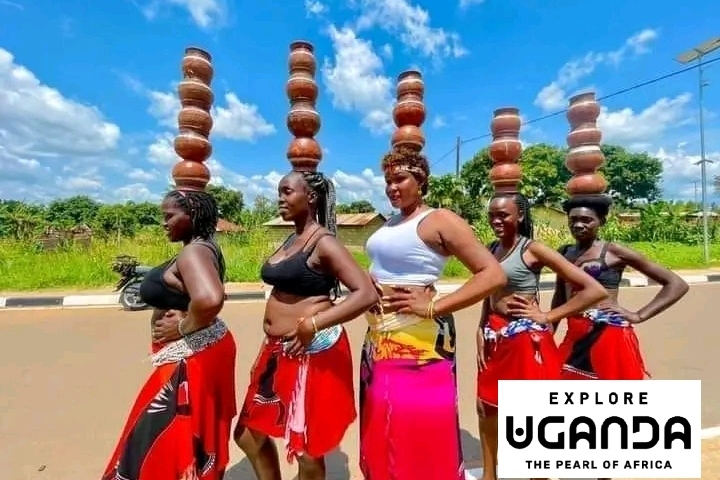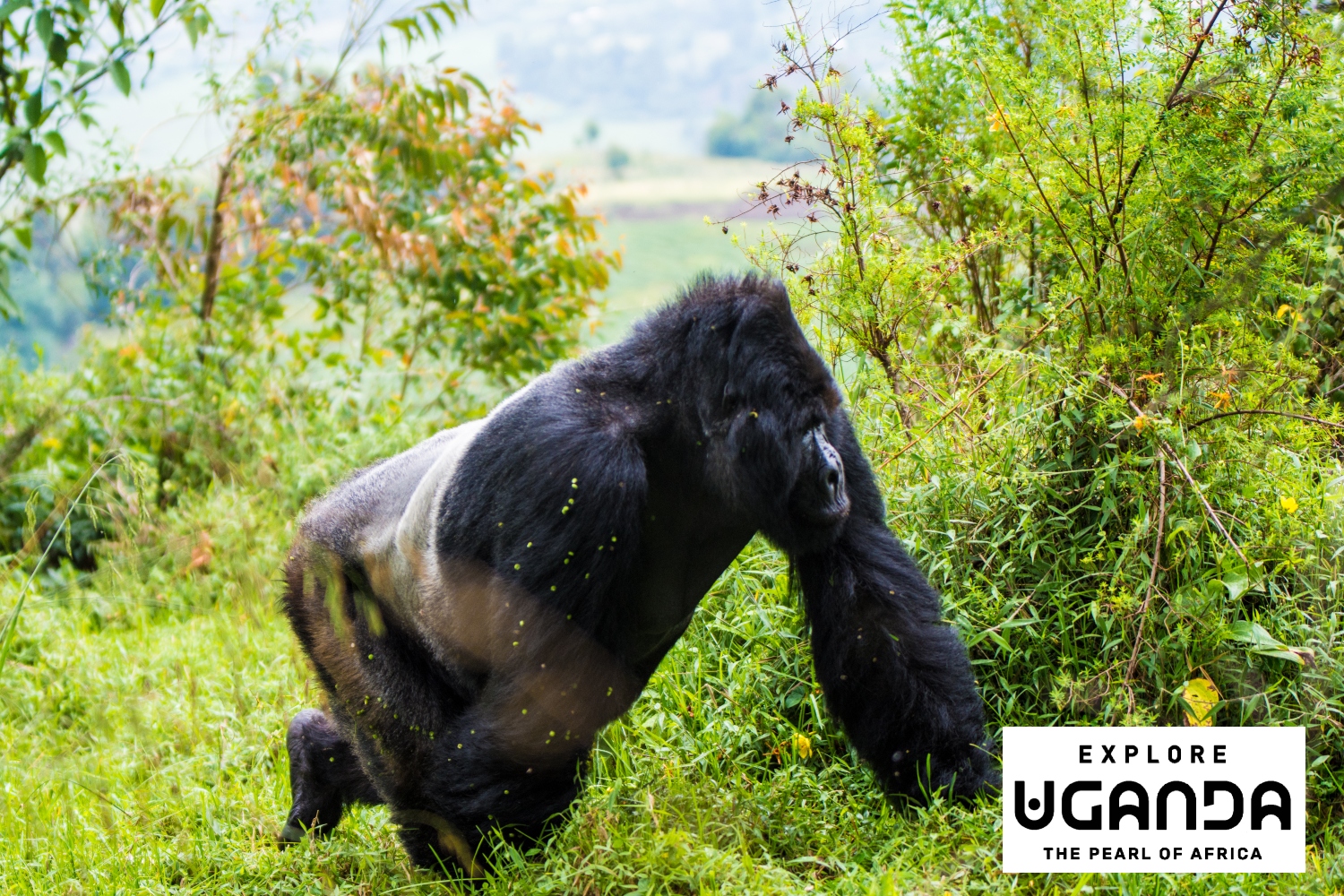As I stepped out of the taxi in the centre of Sandakan, I had a feeling of fear brewing in my stomach.
Those nerves were quickly settled by the universal language of a smile.
Sandakan is a city in Sabah, a state of Malaysia in northern Borneo. It is coined with the nicknames ‘nature’s city’ and ‘little Hong Kong’; this combination creates the perfect description of Sandakan.
There’s a combined buzz of mosquitos and city life, splendid street food, night markets, shops and seafood. In fact, Sandakan is famous for having the best seafood in Malaysia.
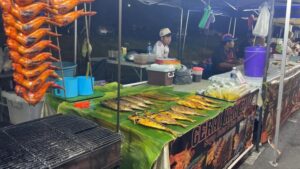 Just a short drive out of Sandakan is Sepilok. The famous orange primate – the orangutan – is a resident, as is the world’s smallest bear, the playful Sun bear.
Just a short drive out of Sandakan is Sepilok. The famous orange primate – the orangutan – is a resident, as is the world’s smallest bear, the playful Sun bear.
The Sepilok Orangutan Rehabilitation Centre has free roaming orangutans, many with little babies on their backs.
Next to the orangutans is the Bornean Sun Bear Conservation Centre (BSBCC) and the opportunity to volunteer here was what brought me to Sabah. I did this through APE Malaysia, who organised my accommodation and transfers.
If you don’t know what a Sun bear is, think of a toddler in a bear costume. They are jester animals and BSBCC acts as a rehabilitation centre for bears that have been rescued, as they are often sold illegally as pets and their stomach bile is sold on the black market.
It is miraculous to see these bears roam free in the forest enclosures at BSBCC, as they were previously trapped as family pets in tiny cages.
The work that BSBCC are doing is truly incredible; not only are they providing a safe home for rescued bears and releasing those that can survive in the wild, but also the raising of awareness is a massive help in saving these endangered animals.
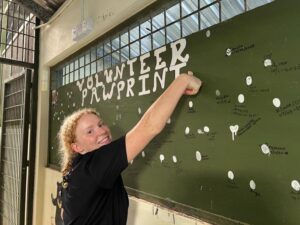 My day started with cleaning their enclosures, then washing and chopping their food, which consists of more than 60 kilograms of bananas, sweet potato and corn on the cob, the bears favourite.
My day started with cleaning their enclosures, then washing and chopping their food, which consists of more than 60 kilograms of bananas, sweet potato and corn on the cob, the bears favourite.
Amaco is the oldest bear at 31 years old and he only had one tooth left. Typically we would blend all his food, however, Amaco would spend all afternoon eating his favourite treat, corn on the cob, with his singular tooth.
The work was physical and lunchtime often consisted of sleeping rather than eating. However the cafeteria next to the property had a bank of local dishes and I highly recommend tom yum, nasi lemak and my much repeated choice, ayam madu – honey ginger chicken.
After lunch we would work on enrichment for the bears. One day this included looking for termite nests in the jungle. Sun bears are regarded as the engineers of the forest, so it’s no wonder they like termites.
They certainly appreciated the mounds, making the treacherous trek through the jungle and the five leeches that accumulated in my boots well worth the journey.
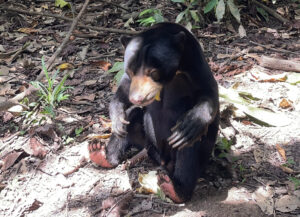 With leeches and creatures, the work is not for the faint hearted but it is an experience of a lifetime. The hard physical work is all worth it when you see the bears play vivaciously. My favourite bear would even eat tomatoes on its back with all four paws.
With leeches and creatures, the work is not for the faint hearted but it is an experience of a lifetime. The hard physical work is all worth it when you see the bears play vivaciously. My favourite bear would even eat tomatoes on its back with all four paws.
Just down the road in Sepilok is the Rainforest Discovery Centre, a crossover of a jungle, museum and education centre.
You can step on to a 10km canopy walk during the day but be warned, you may be followed by a pack of macaques. I’d like to take this moment to add a warning about monkeys.
I thought that they were gorgeous and fun loving animals. I was wrong. They are like sleep deprived toddlers that bark at you.
You should approach these monkeys how you would approach commuters on a tube in London; do not make eye contact and do not show your teeth!
At night the jungle really comes to life. For the more adventurous, a guided night walk is a must. From flying squirrels to bioluminescent scorpions and metre(s) long pythons – it is a true Steve Irwin experience.
On my walk there were children as young as seven and adults as ‘young’ as 70. It is an experience for anyone up for an adventure.
During my time in Sepilok I stayed in Paganakan Dii Tropical Retreat, a mix between a hotel and a hostel. It’s perfect for families and couples that would like to stay in an apartment together, with views into a jungle valley.
The dorm is around $16 a night. The accommodation is basic, but the staff are fantastic and there is a free 10 minute shuttle bus to Sepilok.
I also recommend cruising down the Kinabatangan river in Sukau. When I went the clouds opened and my waterproof poncho proved not to be waterproof.
Despite sitting in wet clothes all weekend I was rewarded with a live action David Attenborough documentary. Pygmy elephants, kingfishers, owls, proboscis monkeys, a six metre crocodile, small grass snake, rhinoceros hornbill…and the list of creatures I saw goes on.
Sandakan is not just for nature enthusiasts – it bears historical scars from the Second World War.
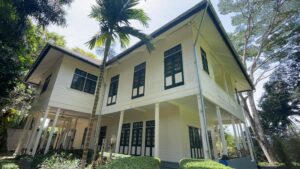 Set on a hill overlooking Sandakan is the house that belonged to the author Agnes Keith (above), who wrote books based on her experience in a Japanese prisoner of war camp during the war. There is also a memorial for all the soldiers that died during the Sandakan Death March.
Set on a hill overlooking Sandakan is the house that belonged to the author Agnes Keith (above), who wrote books based on her experience in a Japanese prisoner of war camp during the war. There is also a memorial for all the soldiers that died during the Sandakan Death March.
On a brighter note, the Central markets are halls of wonders, from the local delicacy of latok, an algae used in salads, to the fresh papayas and durians, to the fish and chickens.
If you’re a fish fanatic I recommend visiting Sim Sim, a village on stilts over the sea where you’ll find the freshest seafood.
From the bears to the orangutans, Borneo is a bucket list destination and in Sandakan you are in the heart of it all. Stop reading this and start looking at flights!

